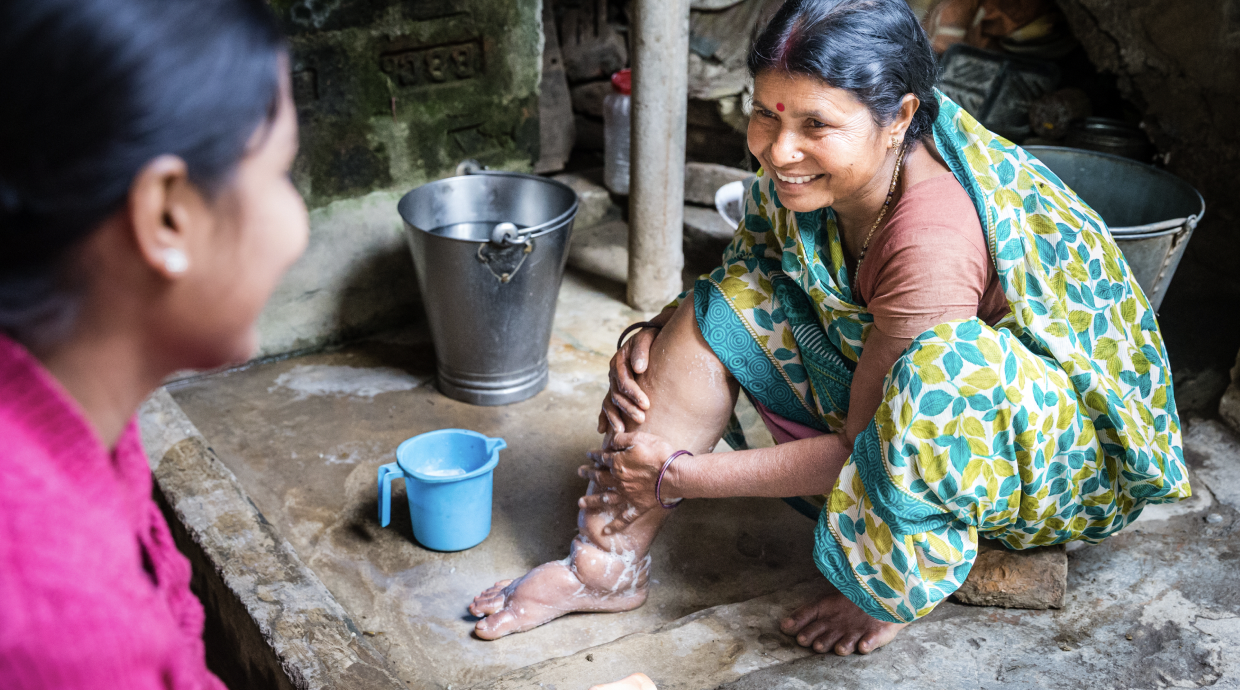What is Sleeping sickness?
Sleeping sickness (also known as human African trypanosomiasis) is endemic in sub-Saharan Africa. Elimination programmes reported less than 700 new cases in 2023 and sustained control efforts have reduced the number of new cases by 97% in the last 20 years.
In the first stage, the parasites multiply in the body causing fever, headaches, joint pain and itching. In the second stage, the parasites invade the central nervous system and brain, leading to behavioural changes, confusion, poor coordination, and sensory as well as sleep disturbances (giving the name ‘sleeping sickness’). Without diagnosis and treatment, sleeping sickness is nearly universally fatal in humans.
Key stats
-
Over 50% of cases
were from Dem. Republic of the Congo
-
More than 95%
of reported cases are from T. brucei gambiense
